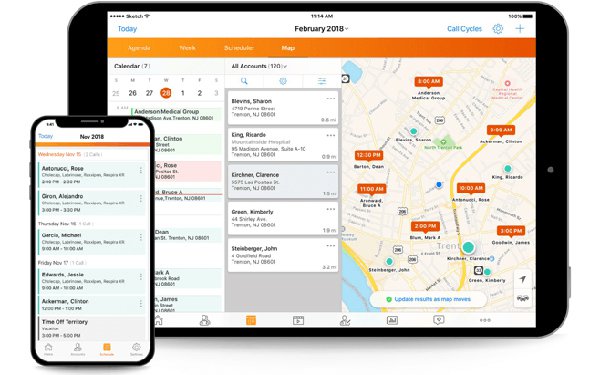
BrightEdge, Microsoft and others have seen a
renewed focus across healthcare customers using a combination of business insights and search intelligence to better understand the market and their customers.
Resent research from BrightEdge
on consumer behavior showed a huge and continued surge in demand for telehealth services. But how do consumers find them and keep their data secure and private?
Healthcare companies use these
insights to respond to market behavior and adapt their content strategies. Search helps professionals identify and understand their customers and then connect to them by dynamically optimizing
content.
This also helps them gather first-party data from telehealth calls and appointments, according to Jim Yu, CEO at BrightEdge.
SEO does not require any use of cookies and with
organic search driving more than half of the traffic to websites on average, marketers turn to search to understand user intent that tells them a lot about what people really want.
advertisement
advertisement
Healthcare patients continue to migrate online as telehealth and appointment booking become more accepted. With this move, search is set to play an even more prominent role in how patients connect
to healthcare providers and brands -- not just through organic search, but paid search.
Microsoft Advertising and healthcare data analytics firm Veeva Crossix partnered to determine the
impact of search advertising on the industry. The research showed how one paid-search ad exposure led to brand and category lifts for advertising participants.
The analysis for the
pharmaceutical study aimed to determine if unbranded search drive new prescriptions, paid search clicks deliver more conversions than an ad exposure, does top of page advertising have more impact than
ads that appear outside the mainline, and are multiple ad exposures more impactful than one.
The study used diabetes advertisers to measure the effectiveness of search advertising. Microsoft
Advertising provided six months of search behavioral data from Bing.
Veeva Crossix measured the impact of the advertising on offline prescriptions and doctor visitation during a
three-month period.
The study fielded unbranded search query data collected from January 2019 to June 2019. Microsoft Advertising provided two sets of search data to Crossix: a
“test” group of Bing searchers shown ads for the diabetes brands, and a “control” group of Bing searchers who queried the same keywords as the test group, but were not shown
ads for the diabetes brands.
The idea was to understand the impact of ad exposures. About 90% of test group members did not click on the ads they viewed while searching. The people in the test
group who saw an ad had a significant increase in conversion to new treatments on relevant brands.
The study also revealed that brands with the best market position saw higher conversion
rates. The lift was seen across advertisers in the study, but for the diabetes category the lift ranged from 14% to 39%.
Veeva Crossix analysts looked at the impact of multiple exposures
and one exposure to paid-search ads. Multiple exposures led to significant lifts in conversions -- up to 153% for specific advertisers, and up to 59% for the category. One exposure made an impact
for two brands in the study, about a 70% lift in conversion performance. For the category, it ranged from 16% to 39%.
Crossix also confirmed that ads clicked on drive the highest
lift—more than 400% for one brand in the study — but ads that appear in the main area of the search results deliver more conversions, too, more than 75% lift for a leading brand and up to
48% for the category.